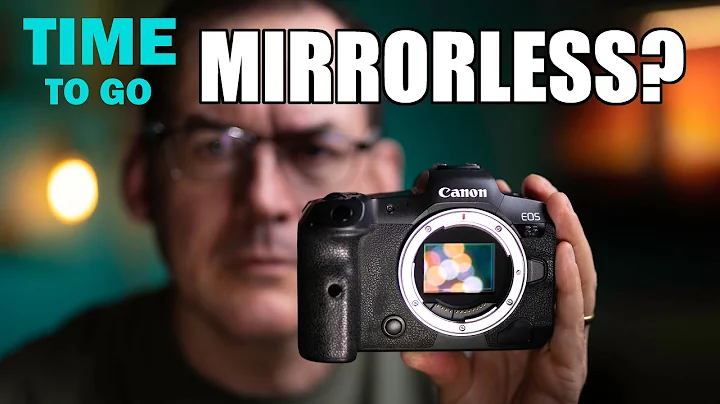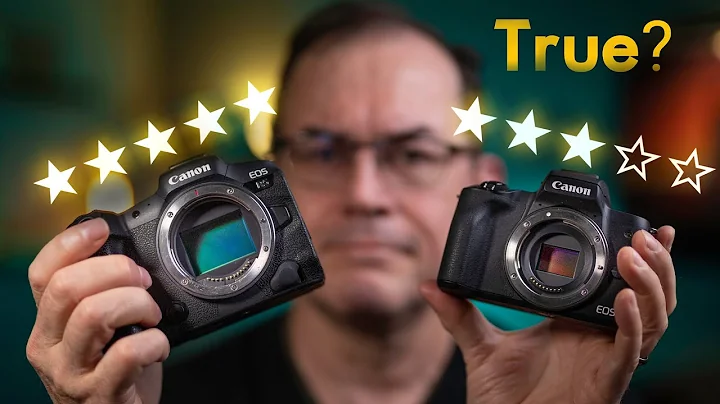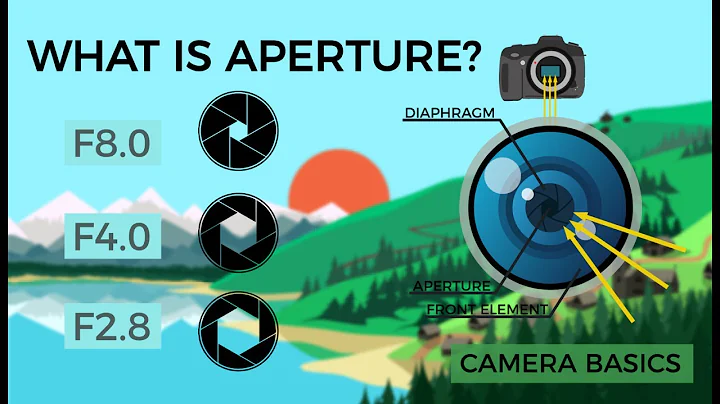For photography enthusiasts, a series of lenses consisting of 3-6 lenses such as " Big Three Elements " and "F1.8 Legion" are familiar. However, in the era of mirrorless cameras that pursue lightness and portability, most people will not take so many lenses out at once. If two lenses can be used to form a "CP" to meet most needs, it is naturally a better choice. Today we are going to take stock of which two lenses are the “CP” lens combinations that meet most of the needs.
Classic combination - 24-105mm+100-400mm
For a combination of two lenses, the 24-105mm+100-400mm combination that has appeared since the SLR era must be a classic among classics, such as the very familiar Canon EF 24- 105mm f/4L IS II USM+Canon EF 100-400mm f/4.5-5.6L IS II USM.

Among current full-frame mirrorless systems, almost every company has a similar combination.
The Sony FE mount system includes FE 24-105mm F4 G OSS+FE 100-400mm F4.5-5.6 GM OSS. Canon's RF mount system has two combinations, high and low, namely the RF24-105mm F4 L IS USM+RF100-500mm F4.5-7.1 L IS USM, which is more telephoto, and the RF24-105mm F4-7.1, which focuses on portability and cost-effectiveness. IS STM+RF100-400mm F5.6-8 IS USM. The Nikon Z mount has a more flexible focal range covering the NIKKOR Z 24-120mm f/4 S + NIKKOR Z 100-400mm f/4.5-5.6 VR S. The L-mount system currently requires Panasonic + Sigma to combine a set of Panasonic LUMIX S 24-105mm F4 MACRO O.I.S. + Sigma 100-400mm F5-6.3 DG DN OS for mixing and matching. For specific specifications, please refer to the table we compiled.

There are similar combinations in the smaller APS-C format and 43 format.
For Sony APS-C format users, there are two options, namely Tamron 17-70mm F/2.8 Di III-A VC RXD with Tamron full-frame lens 70-300mm F/4.5-6.3 Di III RXD, or Combining Tamron 17-70mm F/2.8 Di III-A VC RXD with Sony E 70-350mm F4.5-6.3 G OSS, the telephoto range is longer, and it also has optical image stabilization .

Fujifilm users also have the XF16-80mmF4 R OIS WR+XF70-300mmF4-F5.6 R LM OIS WR combination, which has a very good balance between size and performance. Panasonic also has the LEICA DG VARIO-ELMARIT 12-60mm/F2.8-4.0 ASPH. + LEICA DG VARIO-ELMARIT 50-200 mm/F2.8-4.0 ASPH. combination. The total weight of these four APS-C format/M43 format combinations is controlled at around 1KG, which is quite light. The sales volume of the

24-105mm+100-400mm combination has proven that it can indeed attract consumers. If you are just getting started with photography and want to take some landscape-based photography, such a "CP" combination will definitely not be the wrong choice.
The two-for-three combination
large three-element lens is popular among everyone, mainly because it can cover the ultra-wide-angle-standard zoom-telephoto focal length through three lenses, while also providing a constant F2.8 large aperture. So is it possible to use two lenses to complete more than 80% of the functions of the big three yuan? Tamron tells users that I can.

In the SLR era, Tamron launched the 17-35mm F/2.8-4 Di OSD + 35-150mm F/2.8-4 Di VC OSD combination. The focal length covers 17-150mm, and the aperture is between the large three-dimensional lens and the small three-dimensional lens. time, and the total weight is only 1250 grams. To this day, I still use these two lenses for shooting, because the aperture is indeed wide enough and the focal length is practical enough.

In the mirrorless era, Tamron went a step further and launched the all-around large zoom 28-200mm F/2.8-5.6 Di III RXD with a maximum aperture of F2.8, which is just right with the 17-28mm F/2.8 Di III RXD among the lightweight three-zoom cameras. Can form a combination of 17-200mm. Although this combination sacrifices a certain telephoto aperture value, the focal length coverage is more comprehensive than the 17-35mm F/2.8-4 Di OSD+35-150mm F/2.8-4 Di VC OSD combination in the SLR era, and the weight is also reduced to 1 below kilograms.

As for the new Tamron 35-150mm F/2-2.8 Di III VXD, the large/small three-way ultra-wide-angle zoom currently used with other telephoto end  5mm also has good focal length coverage, but Tamron’s own similar products are not yet available. To be honest, the 200-400mm focal length is rarely used in daily photography, but the 17-24mm ultra-wide-angle focal length is indeed very practical.Therefore, most of our offices are loyal users of the Tamron lens . Compared with the 24-400mm "CP" combination, we also prefer this two-for-three combination.
5mm also has good focal length coverage, but Tamron’s own similar products are not yet available. To be honest, the 200-400mm focal length is rarely used in daily photography, but the 17-24mm ultra-wide-angle focal length is indeed very practical.Therefore, most of our offices are loyal users of the Tamron lens . Compared with the 24-400mm "CP" combination, we also prefer this two-for-three combination.
"Super ternary" CP
Although we all call zoom lenses with a constant aperture of F2.8 "super ternary", but the so-called "super ternary" lenses cannot make a combination of three lenses, and most of them stay On the order of one or two lenses.

To mention the "CP" lens combination in the "Super ternary", we have to mention Sigma's APS-C constant F1.8 lens 18-35mm F1.8 DC HSM | ART and 50-100mm F1.8 DC HSM |ART. Although they are indeed very "fit", they are very friendly to video creators who pursue image quality and depth of field. This set of lenses is not intended to replace a large three-element lens like Tamron does, but to replace a complete set of fixed-focus lenses. I still feel that these two lenses are the pinnacle of Sigma's zoom lens products.

For Panasonic, which is originally focused on video shooting, a set of large-aperture zoom lenses is also a very necessary thing. Panasonic LEICA DG VARIO-SUMMILUX 10-25mm / F1.7 ASPH. and LEICA DG VARIO-SUMMILUX 25-50mm / F1.7 ASPH. are also designed to replace a complete set of fixed-focus lenses, allowing users to create videos more conveniently. Unlike the "strong" appearance, these two lenses are not as heavy in actual use, and the combined weight is only 1.3 kilograms.
In addition to the lens "CP" combination we mentioned above, there are also super telephoto combinations such as full-frame 35-150mm+150-600mm and M43-frame 12-100mm+100-400mm. However, due to space and audience limitations, we will not go into detail one by one. Finally, what I want to say is that the lens combination you use is more important to meet your own needs, rather than simply to cover more focal lengths. I hope everyone can understand this truth when shooting. The above is the entire content of this article, I hope you will like it.





















